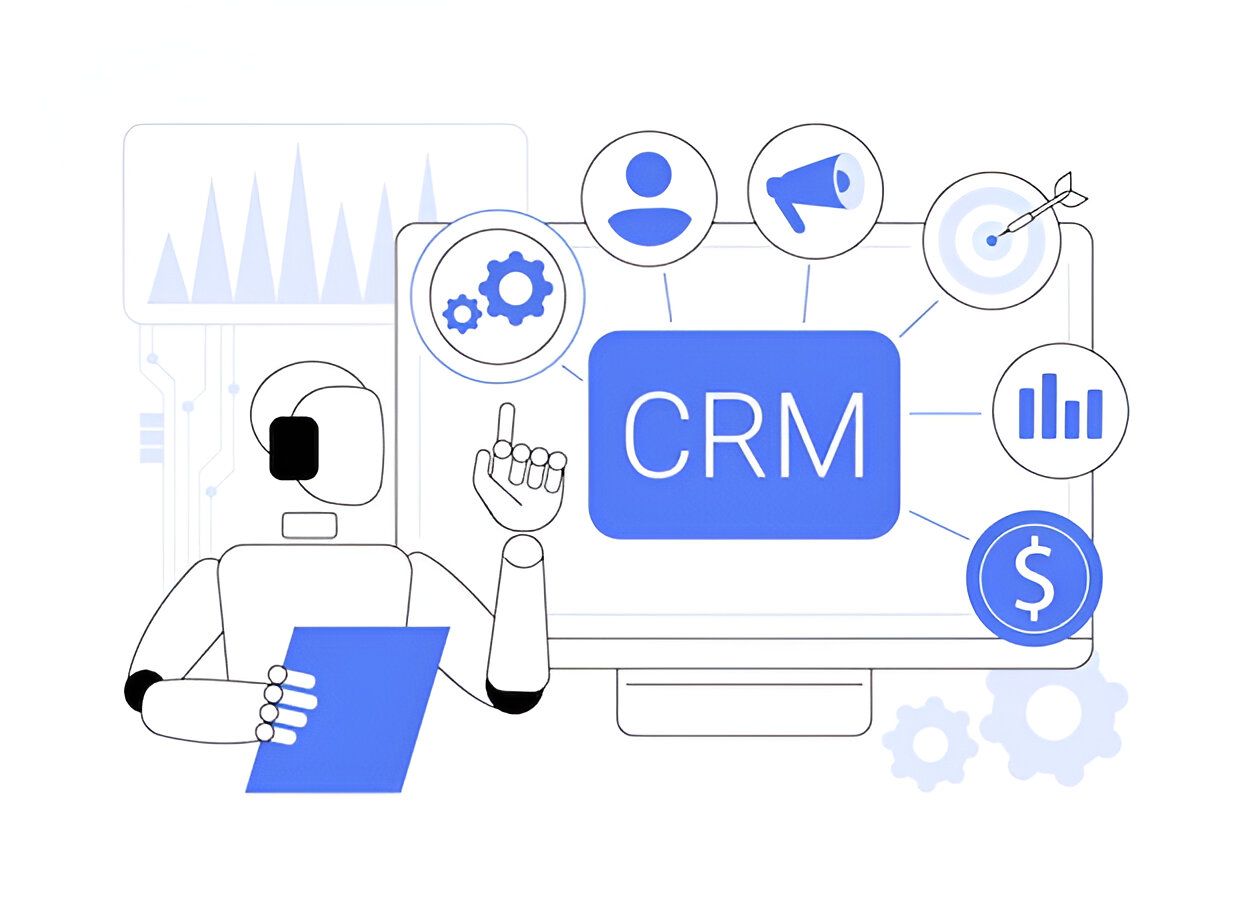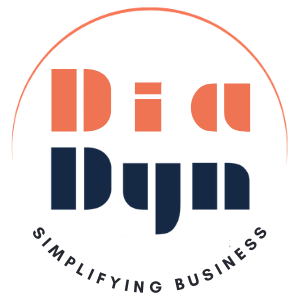In today’s fast-paced, customer-centric world, businesses need to stay connected with their clients like never before. Enter Customer Relationship Management (CRM) a powerful tool that helps companies manage interactions, streamline processes, and build stronger relationships with their customers. But how exactly does CRM work? In this step-by-step guide, we will break down the mechanics of CRM and show you why it’s a game-changer for businesses of all sizes.

What Is CRM, Anyway?
Before diving into the how, let’s clarify the what. A CRM system is a software solution designed to organize and manage customer data, track interactions, and automate key business processes. Think of it as a digital command center that keeps your customer relationships on track whether you’re a small startup or a global enterprise.
Now, let’s walk through the step-by-step process of how CRM works.
Step 1: Collecting Customer Data
The foundation of any CRM system is data. The process begins with gathering information about your customers. This can include:
- Basic Details: Names, email addresses, phone numbers, and job titles.
- Interaction History: Records of calls, emails, meetings, or chats.
- Purchase Behavior: What they have bought, when, and how often.
- Preferences: Likes, dislikes, and special requests.
Modern CRMs pull this data from multiple sources your website, social media, email campaigns, or even manual entries by your team. The goal? To create a 360-degree view of each customer.
Step 2: Organizing and Storing Information
Once the data is collected, the CRM organizes it into a centralized database. No more scattered spreadsheets or sticky notes! Every piece of information is stored securely and tagged to the right customer profile.
This organization allows your team to:
- Quickly access customer details during a call or meeting.
- Segment customers based on criteria like location, purchase history, or engagement level.
- Ensure everyone in the company is working from the same, up-to-date info.
Cloud-based CRMs take this a step further by making data accessible anytime, anywhere, as long as you’ve got an internet connection.
Step 3: Tracking Interactions
A CRM doesn’t just store static data it tracks every interaction a customer has with your business. Whether it’s a support ticket, a sales inquiry, or a follow-up email, the system logs it in real time.
This tracking provides a timeline of the customer journey, helping you:
- Understand where they are in the sales funnel.
- Identify patterns in their behavior.
- Spot opportunities to engage or upsell.
For example, if a customer emails about a product issue, the CRM records it, assigns it to the right team member, and ensures no one drops the ball.
Step 4: Automating Tasks
One of the biggest perks of CRM is automation. Repetitive tasks like sending welcome emails, scheduling follow-ups, or generating reports can be handled by the system, freeing up your team to focus on what matters building relationships.
Examples of automation in action:
- A new lead fills out a form on your website, and the CRM automatically assigns them to a salesperson.
- A customer’s subscription is about to expire, triggering a renewal reminder email.
- Sales reports are compiled and sent to your inbox every Monday morning.
Automation saves time and reduces human error, making your operations smoother and more efficient.
Step 5: Analyzing and Improving
CRM systems come with built-in analytics tools that turn raw data into actionable insights. By studying customer trends, sales performance, and campaign results, you can:
- Identify your top-performing products or services.
- Pinpoint bottlenecks in your sales process.
- Predict future customer needs based on past behavior.
For instance, if your CRM shows that 70% of customers drop off after a free trial, you might tweak your onboarding process to boost retention. It’s all about using data to make smarter decisions.
Step 6: Enhancing Customer Relationships
At its core, CRM is about people, not just processes. With all this data and automation at your fingertips, you can personalize your approach like never before.
Imagine:
- Wishing a customer a happy birthday with a tailored discount.
- Recommending products based on their purchase history.
- Resolving issues faster because you already know their background.
These small touches build trust and loyalty, turning one-time buyers into lifelong advocates.
Why CRM Matters
So, why invest in a CRM? The benefits are clear:
- Efficiency: Centralize data and automate tasks to save time.
- Growth: Spot sales opportunities and nurture leads effectively.
- Customer Satisfaction: Deliver personalized experiences that keep people coming back.
Whether you are managing 10 customers or 10,000, a CRM scales with your business, keeping you organized and in control.
Getting Started with CRM
Ready to see CRM in action? Here’s how to begin:
- Define Your Goals: Are you focused on sales, support, or marketing?
- Choose a System: Popular options include Diadyn CRM, HubSpot, and Zoho pick one that fits your budget and needs.
- Train Your Team: Ensure everyone knows how to use it effectively.
- Start Small: Import existing data and test the waters before going all-in.
Final Thoughts
Customer Relationship Management isn’t just software it’s a strategy for putting customers at the heart of your business. By collecting data, tracking interactions, automating tasks, and analyzing results, a CRM empowers you to work smarter, not harder. The result? Happier customers, a more efficient team, and a thriving business.

